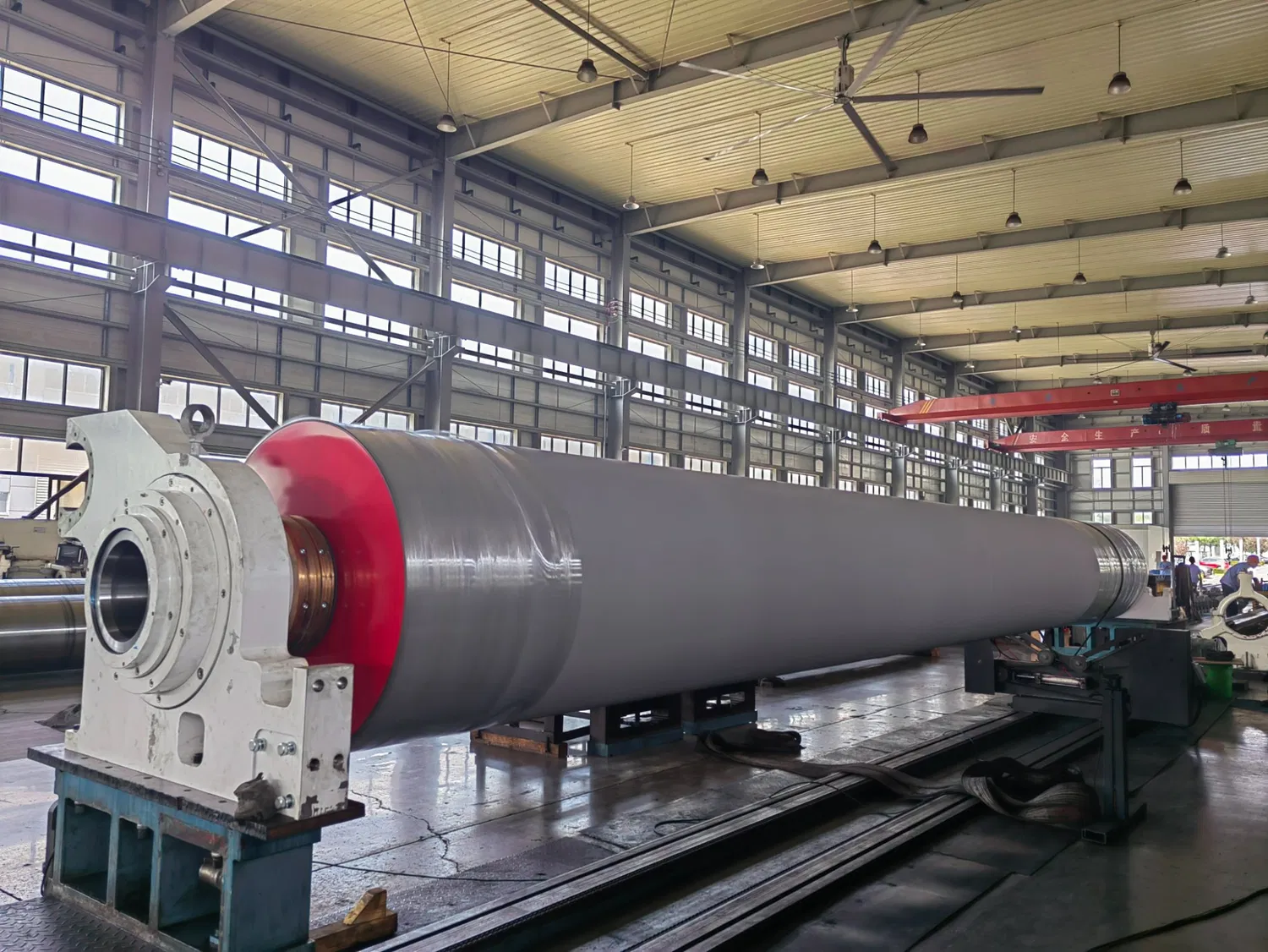Understanding Roller Performance
Roller performance is a crucial aspect of modern industrial machines. The efficiency, durability, and reliability of rollers directly impact the overall performance of the machines they are a part of. To optimize roller performance, it is essential to understand the science behind it.
Material Selection
Choosing the right material is one of the most critical factors determining roller performance. Different materials have varying properties, such as strength, hardness, and wear resistance, which affect how well a roller functions in specific applications. Common materials used for industrial rollers include steel, aluminum, and various plastics and elastomers.
Design and Engineering
The design and engineering of rollers also play a significant role in their performance. Engineers must consider factors such as load capacity, speed, and environmental conditions when designing rollers. Proper design ensures that rollers can withstand the stresses they will encounter during operation and minimizes wear and tear.
Load Capacity
Load capacity is a critical factor in roller design, as rollers must be able to support the weight they will carry. Engineers use various methods, including finite element analysis (FEA), to determine the optimal shape and size of rollers to ensure they can handle the required loads.
Speed and Inertia
High-speed applications require rollers with low inertia to minimize energy consumption and improve responsiveness. Engineers must carefully balance the need for low inertia with the roller's strength and durability requirements.
Manufacturing Techniques
The manufacturing process can significantly impact roller performance. Techniques such as precision machining, heat treating, and surface finishing can enhance the properties of roller materials, improving their strength, hardness, and wear resistance. Additionally, proper assembly and maintenance practices can help ensure optimal roller performance throughout their service life.
Precision Machining
Precision machining ensures that rollers have the correct dimensions and surface finish, which is essential for proper functioning. This process can also improve the roller's tolerance to misalignment and reduce vibration, leading to smoother operation and longer service life.
Heat Treatment
Heat treatment can alter the microstructure of roller materials, enhancing their strength, hardness, and toughness. This process is crucial for rollers that will be subjected to high loads or demanding operating conditions.
Surface Finishing
Surface finishing techniques, such as grinding, polishing, and coating, can improve roller performance by reducing friction, wear, and corrosion. These treatments can also enhance the roller's appearance and cleanability, which is essential in specific industries such as food processing and pharmaceuticals.
Conclusion
The science behind roller performance is a complex interplay of materials, design, and manufacturing techniques. By understanding the principles that govern roller performance, engineers and manufacturers can create rollers that are optimized for specific applications, ensuring maximum efficiency, durability, and reliability in modern industrial machines. Investing in high-performance rollers can lead to significant cost savings and improved productivity in the long run.



